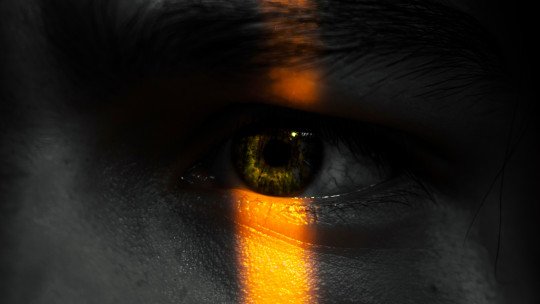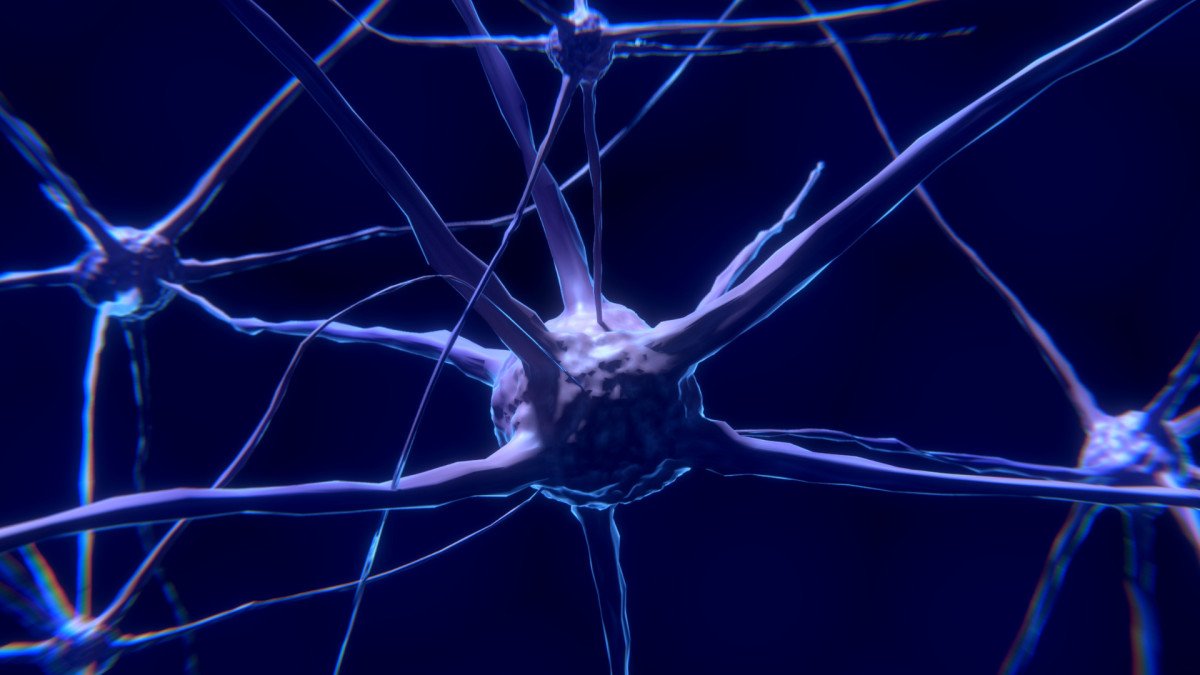
The DSM-5 (Diagnostic and Statistical Manual of Mental Disorders, Fifth Edition) is the primary reference for mental health professionals worldwide.
The complex world of “manias”
In this article, we will explore some of the “manias” found in the DSM-5. Manias are obsessive or impulsive behaviors that can have a significant impact on a person’s life.
1. Kleptomania: the uncontrollable urge to steal
Kleptomania is a disorder characterized by the irresistible urge to steal items that are neither necessary for personal use nor have significant monetary value. Unlike common thieves, people with kleptomania do not steal out of necessity or financial gain, but rather for the emotional gratification they obtain from the act..
Maria, a 32-year-old woman, began stealing small items from local stores for no apparent reason. Despite being well off financially, she couldn’t resist the urge to take things like pens, small toys, and toiletries. After each robbery, she experienced a sense of relief and pleasure, followed by deep guilt and shame. Maria sought help and was diagnosed with kleptomania, beginning treatment that combined cognitive behavioral therapy and medication to control her impulses.
Treatment for kleptomania often includes cognitive behavioral therapy (CBT), which helps the person identify and change the thoughts and behaviors that trigger the theft.. Medications, such as selective serotonin reuptake inhibitors (SSRIs), may also be used to help control impulses.
2. Pyromania: the fascination with fire
Pyromania is a disorder in which the person has an irresistible impulse to start fires, not for economic or political reasons, but for the emotional gratification obtained from observing the fire and its consequences. People with pyromania are often attracted to fire and experience pleasure, gratification, or relief from tension when lighting it.
Carlos, a 25-year-old young man, had been obsessed with fire since childhood. He often started small fires in his garden and in uninhabited areas. He did not seek to cause harm or obtain material benefits; he simply enjoyed watching the flames and the chaos they caused. After being arrested for setting a container on fire, Carlos was evaluated and diagnosed with pyromania. He began a therapy program that included CBT and alternative activities to channel his fascination with fire safely..
Treatment for pyromania typically includes cognitive behavioral therapy, which focuses on teaching the person to control their impulses and find alternative activities that provide similar gratification. It may also involve the use of medications to treat underlying symptoms of anxiety or depression.

3. Trichotillomania: the urge to pull out your hair
Trichotillomania, also known as hair pulling disorder, is a disorder in which the person has a recurring, irresistible urge to pull out their hair, eyebrows, or body hair. This behavior can lead to noticeable hair loss and cause significant discomfort.
Ana, a 16-year-old teenager, began pulling out her hair during periods of stress. Despite her efforts to stop, she found temporary relief and pleasure in the act. This resulted in visible bald patches that affected her self-esteem and social life. Ana sought help and was diagnosed with trichotillomania. Through CBT, she learned to identify triggers for her behavior and use substitution techniques to manage her anxiety.
Treatment for trichotillomania often includes cognitive behavioral therapy, especially a technique known as habit reversal. This technique helps the person identify the triggers for his or her behavior and develop alternative responses. Medications, such as SSRIs, may also be helpful.
4. Oniomania: compulsive shopping
Oniomania, or compulsive buying disorder, is a condition in which a person has an uncontrollable urge to shop, often acquiring things they do not need or cannot afford. This behavior can lead to significant financial and emotional problems.
Lucía, a 40-year-old woman, frequently bought clothes and accessories that she never wore. Although she was aware that her purchases were out of control and causing her financial problems, she couldn’t stop. She felt excited before the purchase and a feeling of guilt afterward. Lucía sought help and was diagnosed with oniomania. She began treatment that included CBT and group therapy, where she learned strategies to manage her urges and develop a healthier relationship with shopping.
Treatment for oniomania includes cognitive behavioral therapy, which helps the person identify the thinking patterns that drive purchasing behavior and develop strategies to control it. Group therapy and financial counseling may also be helpful in providing support and developing money management skills..
5. Catatonia: a state of immobility
Although it does not end in “mania,” catatonia is a relevant condition that appears in the DSM-5. It is characterized by a state of immobility and lack of response to external stimuli. It can occur in the context of several disorders, including schizophrenia and mood disorders.
Jorge, a 35-year-old man, was found in his apartment in a state of complete immobility, unable to respond to his family or emergency services. He was hospitalized and diagnosed with catatonic schizophrenia. Through a combined treatment of antipsychotic medication and therapy, Jorge was able to regain his mobility and functionality..
Treatment of catatonia often includes the use of benzodiazepines and antipsychotics. In severe cases, treatment with electroconvulsive therapy (ECT) may be necessary.
Conclusions
Cognitive behavioral therapy and, in some cases, medication, have proven to be valuable tools in managing these behaviors. This article provides some of the most significant manias in the DSM-5 and highlights the importance of early intervention and ongoing support.









